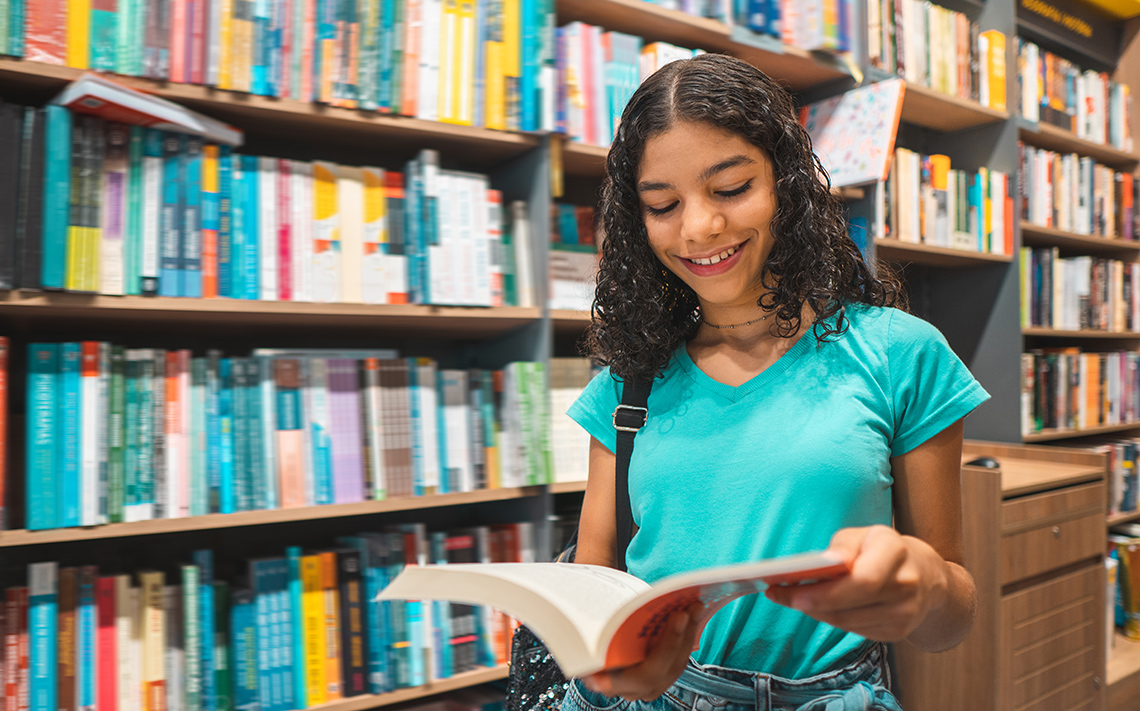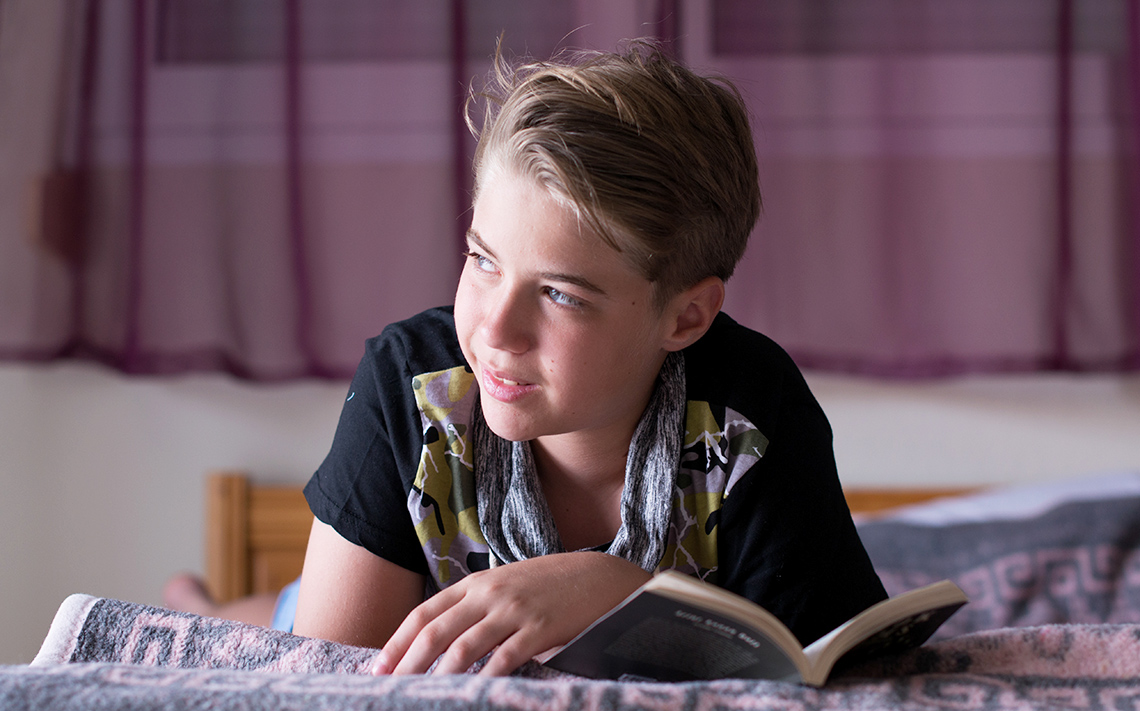Minds On
Game: Fact vs. fiction

Explore the following statements and decide if they are FACT (true) or FICTION (false).
Press on either “Fact” or “Fiction” for each question. When you are done, you can check your answers by pressing the ‘Answers’ button.
1. Cotton candy was invented by a dentist.
2. The most common English word is “no.”
3. The first computer was invented in 1975.
4. The dot that goes on top of an “i” or “j” has a name. It is called a tittle.
5. A bee can’t sting another bee.
6. Babies are born with 300 bones but have 206 by the time they are adults.
7. Baby blue whales grow 200 pounds each day for their first year of life.
Are you ready for the answers? Press the ‘Answers’ button to reveal which statements are fact and which statements are fiction.
- Cotton candy was invented by a dentist: FACT
- The most common English word is “no”: FICTION
- The first computer was invented in 1975: FICTION
- The dot that goes on top of an “i” or “j” has a name. It is called a title: FACT
- A bee can’t sting another bee: FICTION
- Babies are born with 300 bones but have 206 by the time they are adults: FACT
- Baby blue whales grow 200 pounds each day for their first year of life: FACT
Action
What is nonfiction?

Nonfiction writing is based on real events, people, and places. It is written to share facts and information that help to explain things. Textbooks, biographies, magazines, and newspapers are examples of nonfiction texts or writing.
Why do you think we read nonfiction? Think about the last nonfiction text you explored. What is the author’s purpose?
Brainstorm
Share your thoughts
Brainstorm all the reasons that we may choose nonfiction books or articles and share your ideas with a partner or your class.
Task 1: Features of nonfiction literature
Mix ‘n’ match nonfiction features
Nonfiction texts appear different from fiction texts. They typically use text features that provide us with information and help to explain things. Being able to recognize these features will help you learn and apply the appropriate strategies as your read.
Explore the list of nonfiction text features below. Match each term to its explanation.
Task 2: The text features in action
Examine the following excerpt about Earth Day. You will find most of the nonfiction text features we’ve explored (apart from the table of contents, index, and glossary).
Describe the purpose of each text feature. How does each feature help you understand the text?
Record your ideas using a method of your choice.
Consolidation
Nonfiction text scavenger hunt!
Select a nonfiction text of your choice. It can be a biography or autobiography, textbook, news article, or another informational text. Examine the text to find all the text features. For example:
- Explore the table of contents to help you understand what information the book will cover.
- Read all of the headings and sub-headings.
- Check the glossary to explore the definition for the boldfaced words you read.
- Investigate the photographs and/or diagrams and the captions you encounter.
- Use the index to help you quickly find where different names, subjects and ideas are discussed.
Record your findings using the following fillable and printable Nonfiction Text Features template or another method of your choice. Be sure to include the text title, reference the page number or paragraph you found the text feature, and also explain how that particular text feature helped you understand the text.
| Text feature | Page or paragraph number | How did it help you? |
|---|---|---|
Press the ‘Activity’ button to access the Nonfiction Text Features.
Think about your learning

Use the following questions to reflect on the nonfiction text that you selected. Record your ideas using a method of your choice.
- What is the purpose of your nonfiction text?
- What nonfiction text features do you notice in this particular text?
- How is it different than reading fiction texts?
- How do the text features help you to read and understand the information better?
- How will your understanding text features help you whenever you encounter a nonfiction text?
Reflection
How do you feel about what you have learned in this activity? Which of the next 4 sentences best matches how you are feeling about your learning? Press the button that is beside this sentence.
I feel...
Now, record your ideas about your feelings using a voice recorder, speech-to-text, or writing tool.